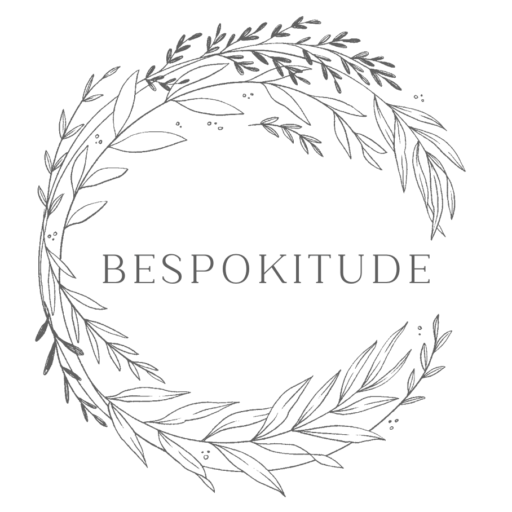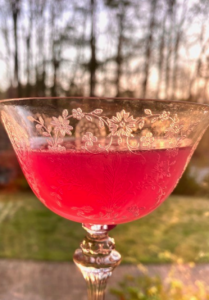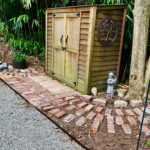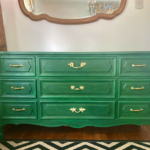This year I planted boneset in my medicinal garden. Boneset has lovely lance-shaped leaves that appear to grow through the stem. The latin name is Eupatorium perfoliatum (as in perforated, like the leaves across the stem).

It’s related to Joe-Pye weeds (as well as daisies and sunflowers) and those have done so well in my garden, I figured it was worth trying boneset. I bought my plants from a nursery in Sanford, NC called Big Bloomers (great name right?). Local nurseries are often great resources for healthy native plants at a reasonable price (boneset can also be grown from seeds, propagation, or division). It grows about 3-4 feet tall and loves sunlight and rich soil. (but it is not overly fussy). I planted mine in a raised bed with lots of sun exposure. Rosemary, thyme, and wild bergamot were also in the raised bed (too much for one bed, I know).

It’s considered native and all kinds of pollinators love it. I wasn’t sure what to expect, but I have been impressed. Boneset blooms roughly from late July to late September. It’s late August here. My boneset is filled with clusters of delicate flowers that smell amazing. Seriously, if I had known how good boneset smelled I would have planted it long ago. Clearly the insects love it too, they can’t leave it alone. Boneset has not required much care, looks and smells fantastic, and attracts a circus of pollinators to the garden. The bergamot and boneset have spread out in the raised bed, but everything in the bed has remained healthy so it has not been an issue.

Fortunately for me, boneset is a hardy perennial. I’m looking forward watching it for many years to come. If you have a sunny spot in your garden, highly recommend adding boneset. Next year you may even hear me declaring “My boneset brings all the bugs to my yard.” It’s that good.








